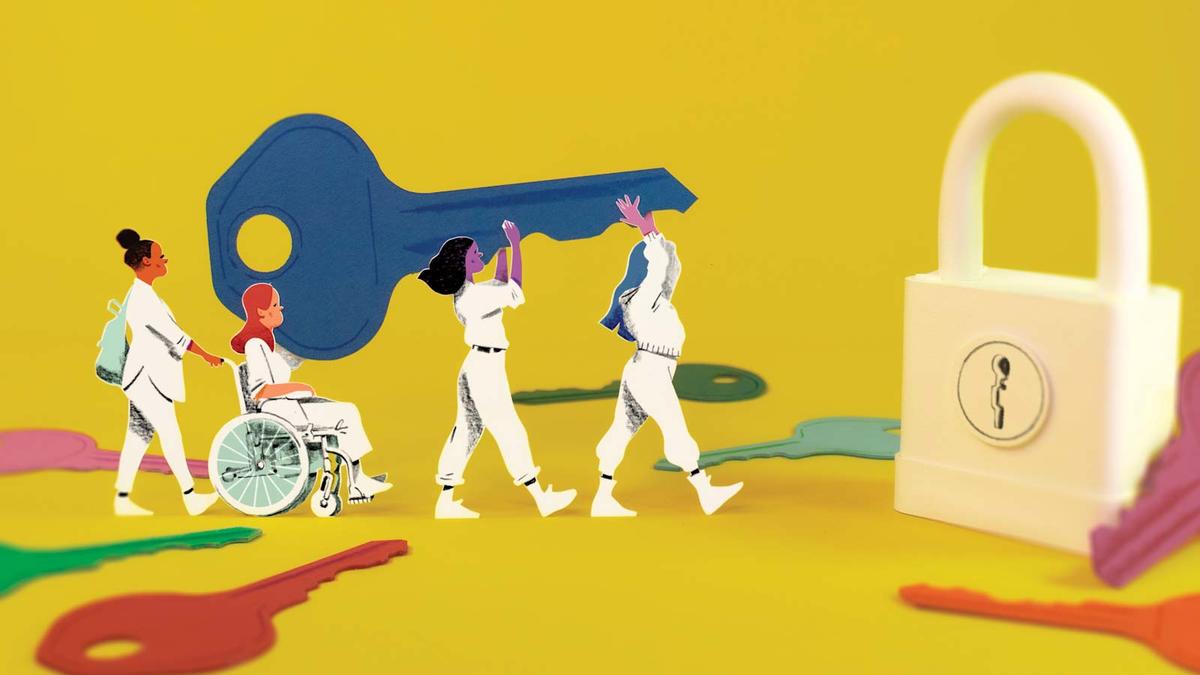
Traditional thought would suggest that liberal arts students might not have much interest in computer science. But today’s learning environment is anything but traditional, and Barnard’s Computing Fellows program turns that line of thinking upside down. In fact, the three-year-old program makes a strong case for exactly why liberal arts and computer science can be a very good match.
“We want to bring the excitement and awareness of computing to all students and lower the barrier of entry,” says Rebecca Wright, the Druckenmiller Professor of Computer Science and inaugural director of the Vagelos Computational Science Center. “In today’s world, it’s critical to engage with computing.”
It’s also important, says Wright, that students learn to think critically about computers, how they shape the world, and how the world shapes them. To that end, the Computing Fellows program has helped instructors bring computational activities and projects into their classes, showing how computing is useful across a wide range of disciplines.
Computing fellows in the program — around eight to 10 per semester — take on the role of peer academic leaders. They meet regularly to build community, discuss pedagogy, and put together activities for the classroom. “It’s very much a cohort experience,” explains Wright. “The fellows work together with the instructors to help bring computing into the classes.”
In a course about history and climate, a fellow led an interactive coding workshop in which students used the Python language to graph the average temperatures on earth over many decades. “The activity included a discussion about how to interpret the data and how it might contribute to science and decision-making,” Wright says.
Other collaborative efforts have involved courses like Education in a Polarized and Unequal Society. A fellow worked with the instructor to incorporate the use of computational and data visualization tools into the class throughout the semester. The beauty of the program is that it can be utilized in multiple classes. And in an Intro to Neuroscience class, a fellow led a workshop examining the circadian rhythms of fruit flies. The fellow guided the students through the coding steps needed to visualize data from the professor’s lab of fruit flies with modified and unmodified brains. Students were then tasked with guessing from the visualizations which data came from the modified or unmodified flies.
Both students and fellows benefit from the program, and perhaps the biggest takeaway is this: “Students learn to use code to make sense of information, to form arguments, and to make informed decisions — regardless of their field of study,” says Wright. “The program helps the fellows deepen their engagement with computing. It’s training that fosters clear communication and empathy as they work with their peers.”
Check out our slideshow below for the other parts of our “Breaking Norms” feature story.





